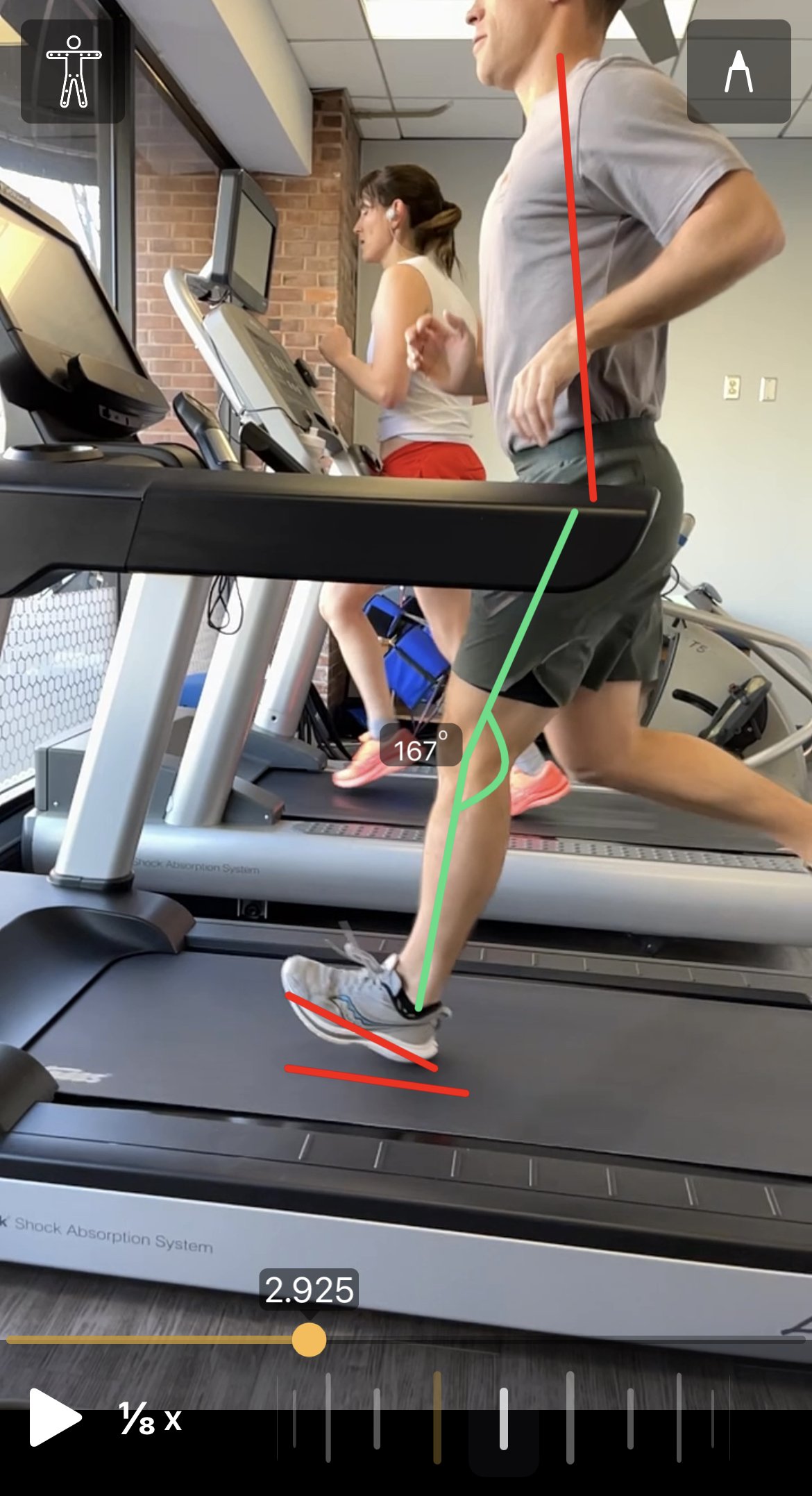Running is more than just putting one foot in front of the other—it’s a complex interplay of strength, mobility, endurance, and mental focus. Whether you’re training for a marathon, improving your 5K time, or simply running for fitness, enhancing your performance requires a strategic and individualized approach. In Washington, DC, Norton Physical Therapy offers advanced strategies to help runners achieve their goals. Combining expert guidance, evidence-based techniques, and personalized care, Norton Physical Therapy ensures runners can perform at their best while minimizing the risk of injury.
Step Up: How Physical Therapy Helps You Beat Plantar Fasciitis and Get Back on Your Feet Pain-Free
Plantar fasciitis is one of those injuries that takes the joy right out of walking, running, and even standing. Picture this: you wake up in the morning, take that first step out of bed, and OUCH! A sharp, stabbing pain shoots through your heel. If this sounds familiar, you might be dealing with plantar fasciitis—a common heel pain culprit, especially among runners, athletes, and active folks.
What Every Runner in Washington DC Should Know About Shin Splints!
Every fall, unfortunately, runners of all levels are increasing their training to prepare for high school or college cross country or a fall full or half marathon. More miles as run and more fast workouts are attempted (hopefully completed)! If a runner has not prepared their bones or muscles with months of base phase running and lots of strength and conditioning, the training proves too much and likely results in dreaded shin splints.
6 Key Strategies for Increasing Your Training Load Capacity as a Runner
Running Injury Rehabilitation Through Performance Physical Therapy
Is Running Bad for Knees?
Wear and tear is a misconception. Joints/cartilage adapt to stress. The saying should be updated to wear and repair.
Pain in the Achilles: Why a formal evaluation is needed
Posterior ankle pain is a common experience amongst active individuals. In a young and active population, achilles tendinopathy tends to be the most common cause of posterior ankle pain. However, not all posterior ankle pain is necessarily tendinopathy…and not all tendinopathies are treated the same.
3 Ways PT Helps Metatarsalgia
Usually people do not know their feet are malleable. Feet, like people, have so much potential to change with manual therapy and exercise. I contend physical therapy should be a first stop for runners who develop metatarsalgia from movement related activities, like running. It is my hope to impart some wisdom on this issue and how a physical therapist can help.
Why Do Runners Get Hurt?
How to Choose Your Next Running Shoe
As a PT with a strong interest in running, I am always asked about running shoes. I love to talk about running as well as teach people about the world of running research. There is a boat load of research on running shoes. Through this blog, I hope to explore some common questions as well as provide recommendations to help you chose your next pair of shoes.
4 Running Tips During a Pandemic
Injury rates are high! Unfortunately, 20-70% of runners per year will sustain a running related injury. Why? One major postulation of injuries are training errors. This is the too much, too soon principle-The runner has run too many miles or they have run too many miles at an intense effort in too short a period of time. So how can you minimize the risk of injury:
How Runners Can Address Knee Pain
Knee pain is the most common running injury. It results from the forces on the knee exceeding the tissues ability to tolerate stress. It is associated with training errors- doing too much, too soon- as well as limitations in strength and coordination of the hip and knee. In this article, I will highlight assessing and treating your knees to get you back on the right track.
Running with Functional Feet
The foot is the base of support for our body’s in upright positions and activities.
If the foot’s alignment is off then it can lead to compensations at the ankle, knee and hip. The compensations lead to stress. If we overload those compensations with too much running or lifting the outcome may be pain.








